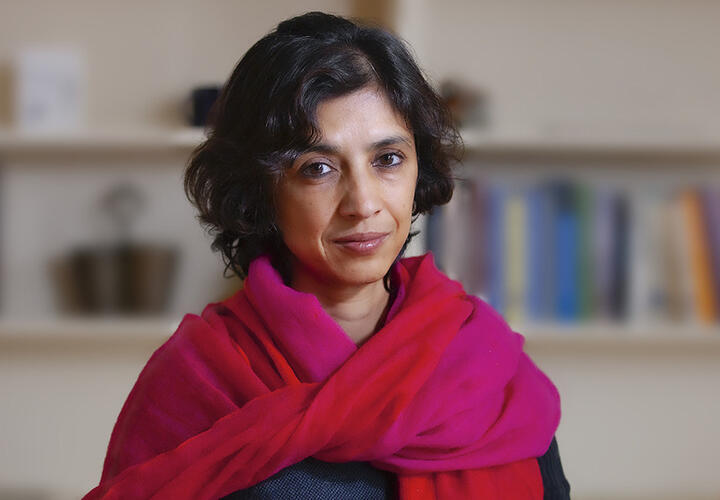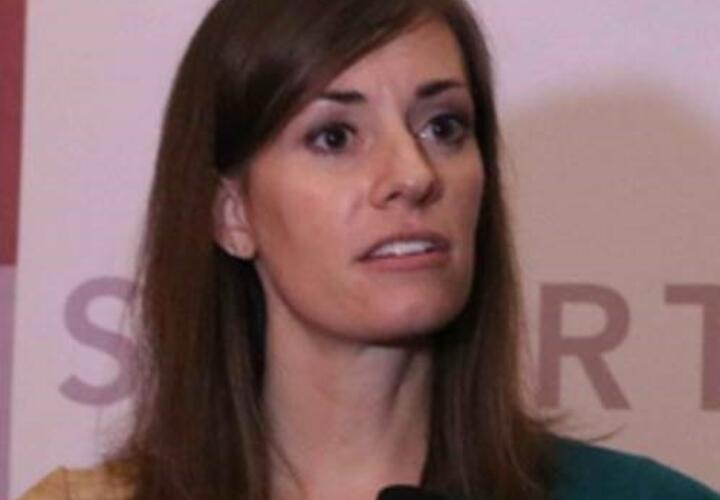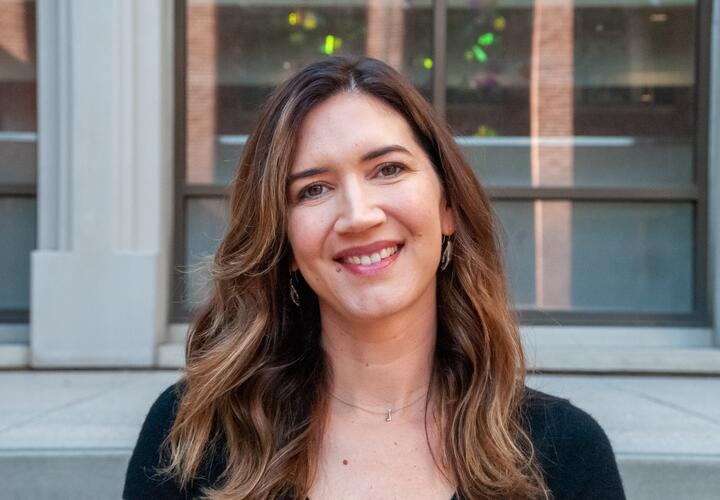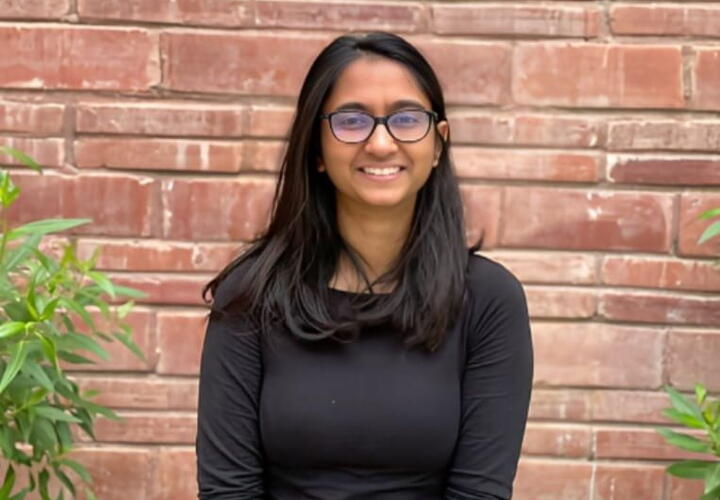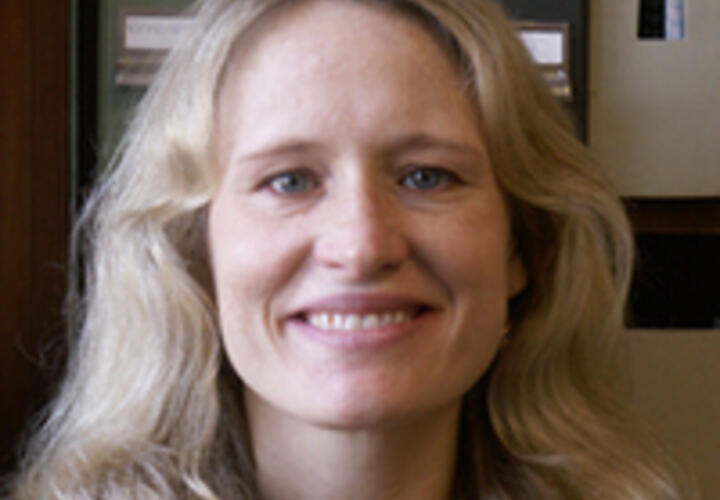Bridging the Digital Gender Divide in Chhattisgarh
Digital technology is increasingly crucial in promoting access to economic opportunity and vital government services. This is especially true in the many low- and middle-income (LMIC) countries where the vast majority of Internet users connect through mobile devices. Yet many women in India remain excluded. Can a large-scale, government-run, smartphone distribution program targeting women close these persistent digital gender gaps?
Research to increase women’s economic engagement
Smartphones and other mobile devices provide crucial access to information, social networks, resources, and employment worldwide. However, gender gaps in ownership and usage of mobile technology are common, especially in parts of South Asia. In 2018, the Government of Chhattisgarh launched Sanchaar Kranti Yojana (SKY), which aimed to address this digital gender gap by distributing over 2 million free smartphones to women household leads, constructing LTE towers for communities lacking high-speed data coverage, and providing 1 GB of free mobile data.
As a part of a multi-pronged initiative designed to understand the sources of India’s digital gender gap and identify potential solutions, Inclusion Economics affiliated researchers leveraged SKY targeting criteria (program eligibility was determined based on a population threshold) to evaluate the program using a quasi-experimental study across 13 districts of Chhattisgarh. Based on over 20,000 surveys, the team examined the program’s effects on women’s access to and usage of digital technology, economic activity, gender norms, and more. Although complementary data from an RCT implemented by Inclusion Economics show that SKY initially reversed the gender gap in smartphone ownership, it had no long-term impact on closing digital gender gaps. Nearly 5 years after the program, little had changed regarding women’s ownership and use of phones, gender norms, access to information, and economic livelihoods. In contrast, a complementary low-cost digital literacy training intervention had lasting impacts, increasing women’s smartphone use and improving their mental health. Overall, this study suggests that addressing cost barriers alone may not be sufficient to close digital gender gaps. To explore preliminary findings, read the discussion paper here.
Highlights
Related Publications
Hold the Phone: The Short- and Long-Run Impacts of Connecting Indian Women to Digital Technology
The authors study the short- and long-term effects of a large-scale state-sponsored program in India that aimed to close digital gender gaps by transferring free smartphones to women while constructing 4G towers to bring rural areas online. The program was well implemented, reversing gender gaps in smartphone ownership in the short run. However, many women lost ownership and gender gaps in use quickly worsened as men made use of the new phones. The findings suggest that in gender-unequal, resource-constrained settings, addressing affordability alone may not close digital gender gaps.
What Works to Close Digital Gender Gaps?
In emerging economies like India, the rapid spread of mobile phones has connected low-income households to vital information, markets, and services. In 2016, India became the second-largest smartphone market in the world (GSMA, 2016) and in 2017, the year before the two policy levers we evaluated were implemented, 45 percent of Indian citizens already had smartphone access (GSMA, 2018b). However, this smartphone expansion remains gendered.
A Tough Call: Understanding Barriers to and Impacts of Women’s Mobile Phone Adoption in India
Today in India, 71% of men own mobile phones, but only 38% of women do. In this report researchers identify the leading barriers to Indian women’s use of mobile phones, compare the importance of these barriers, and determine directions for further research into how to reduce them.
About the Project
Principal Investigators:
Research Partner:
Data Collection Partner:
This research has received support from:
- BRAC Women’s Economic Empowerment and Digital Finance (WEE-DiFINE)
- Institute for the Study of Labor (IZA) Gender, Growth, and Labour Markets in Low Income Countries Programme (GLM)
- National Science Foundation (NSF)
- Social Science Research Councils (SSRC) The Mercury Project
- United States Agency for International Development (USAID)




